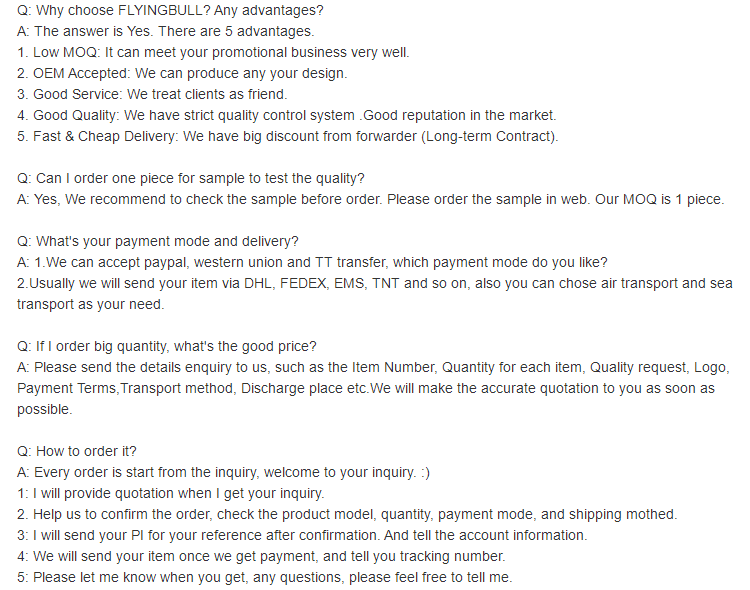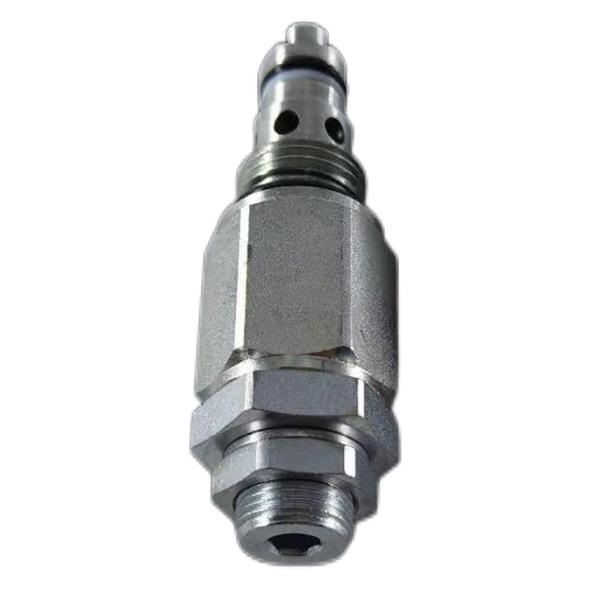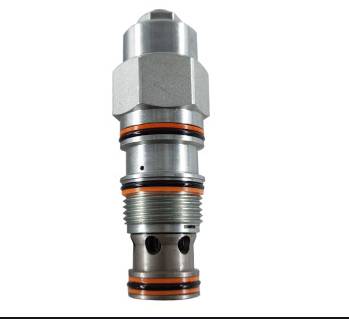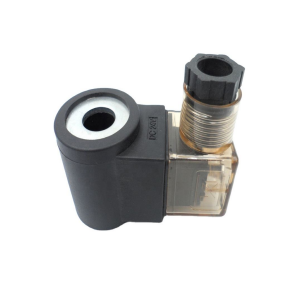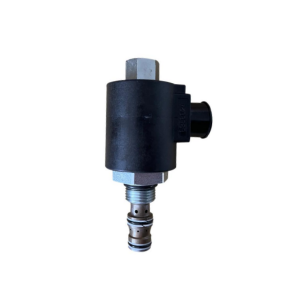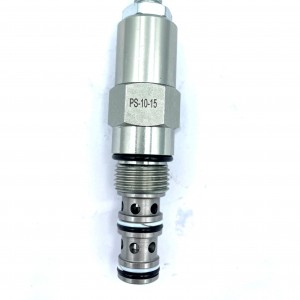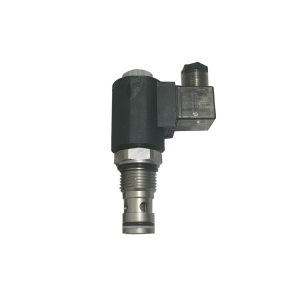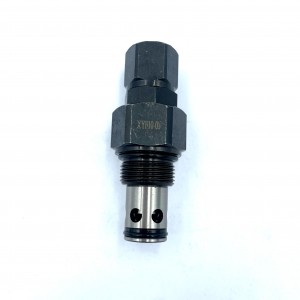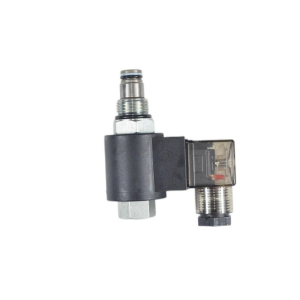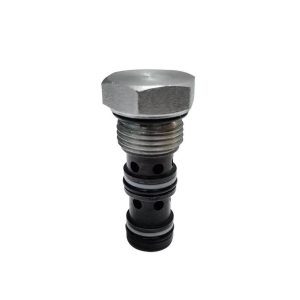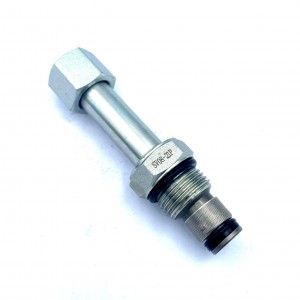Piston Hydraulic Relief Valve RPGC-LDN
Details
Sealing material:Piston Hydraulic Relief Valve
Pressure environment:ordinary pressure
Temperature environment:one
Optional accessories:Piston Hydraulic Relief Valve
Type of drive:power-driven
Applicable medium:petroleum products
Points for attention
The piston-type hydraulic safety valve is a valve component in a hydraulic system that takes the piston as the core operating part and is used to limit the system pressure and provide safety protection.
I. Basic Definitions and Core Functions
Definition: By using a piston as a pressure-sensing and actuating element, when the system pressure exceeds the set value, the piston overcomes the spring force or external resistance to move, releasing the oil pressure and thereby preventing the system from being damaged due to overpressure.
Core functions:
Safety protection: As a "safety valve" of the system, it limits the maximum pressure (such as overload protection for hydraulic pumps);
Pressure stability: Some designs can assist in maintaining system pressure fluctuations within a small range (similar to the function of a relief valve).
Ii. Structure and Working Principle
1. Typical structural composition
Piston assembly: Cylindrical piston, the surface precisely fits with the valve hole, and the bottom or side bears the oil pressure.
Spring mechanism: It provides the reset force. The spring preload determines the opening pressure (which can be set by adjusting the screw).
Valve body: It includes the oil inlet, the oil outlet (usually connected to the oil tank) and the piston movement chamber.
Seals: Prevent oil leakage (such as O-rings, lip seals).
2. Working Principle (Taking direct-acting Type as an example)
Initial state: The piston presses against the valve seat under the action of the spring force, the oil inlet and outlet are separated, and the system operates normally.
When the pressure exceeds the limit: The pressure of the system oil acts on the bottom surface of the piston. When the thrust generated by the pressure exceeds the preload force of the spring, the piston moves upward (or to the right), opens the valve port, and the oil overflows back to the oil tank through the oil outlet, causing the system pressure to drop.
Dynamic balance: When the pressure drops below the set value, the spring pushes the piston to return to its original position, and the valve port closes, achieving automatic control of "overpressure relief and underpressure closure".
Product specification

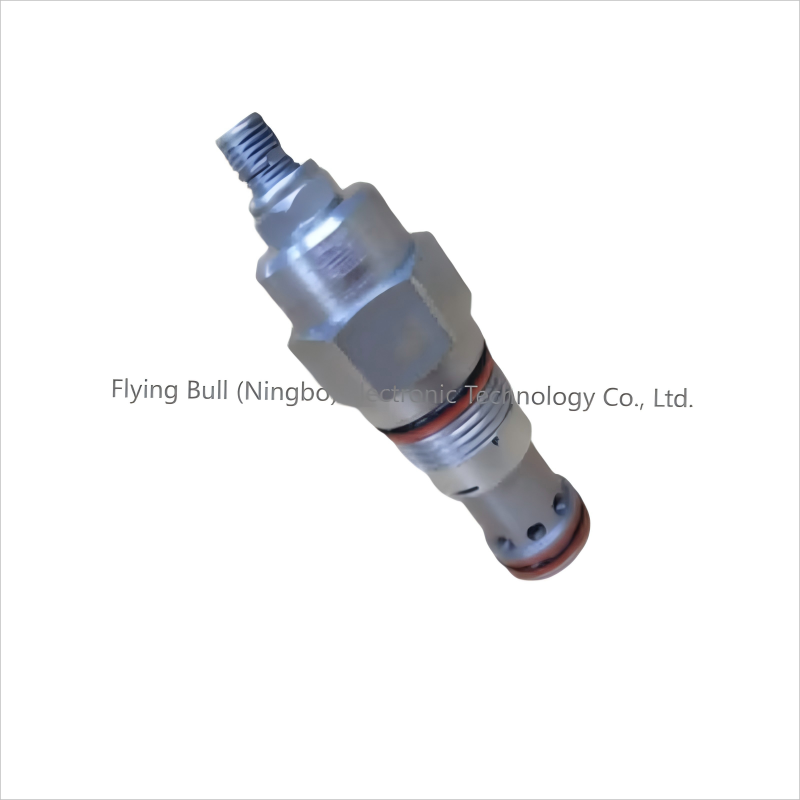
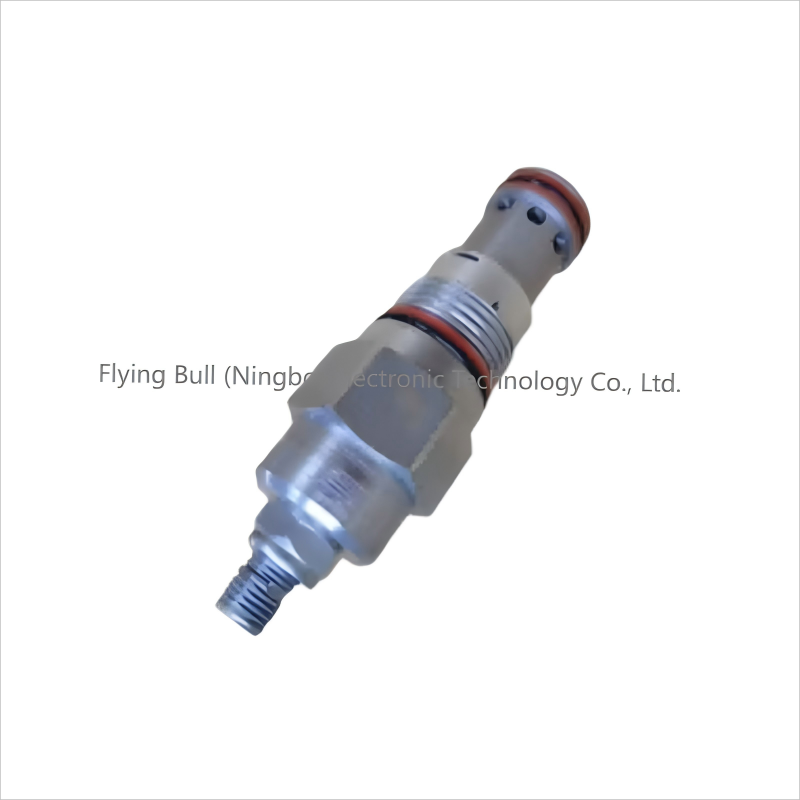
Company details
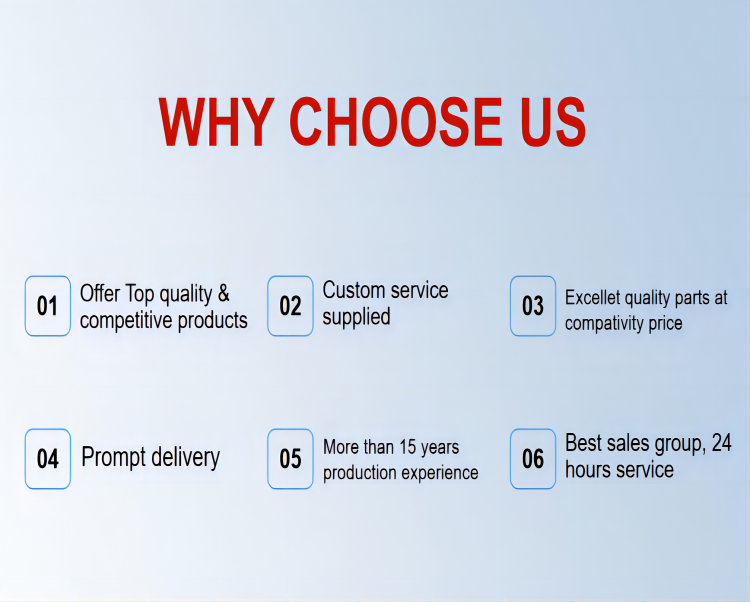
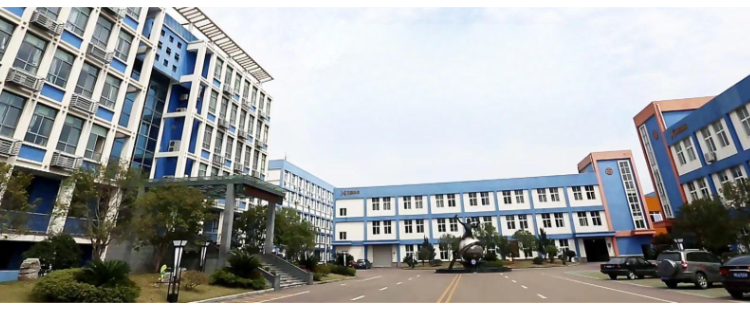
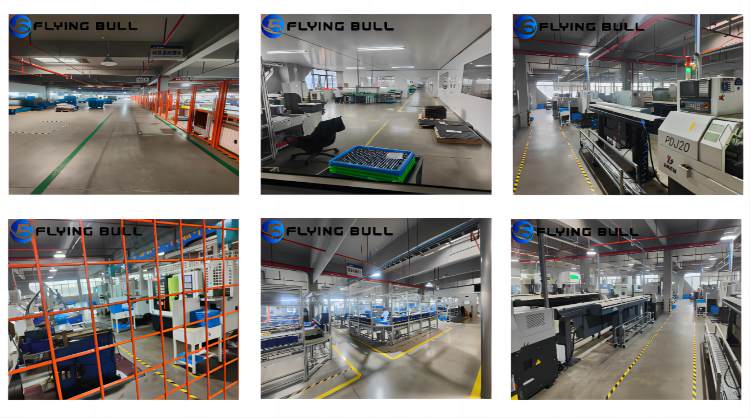
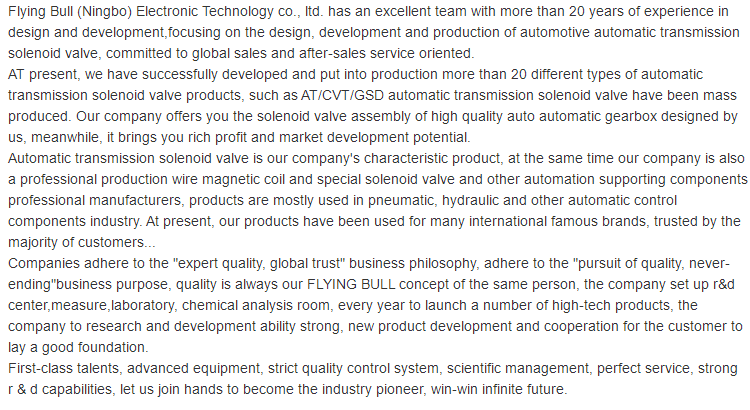
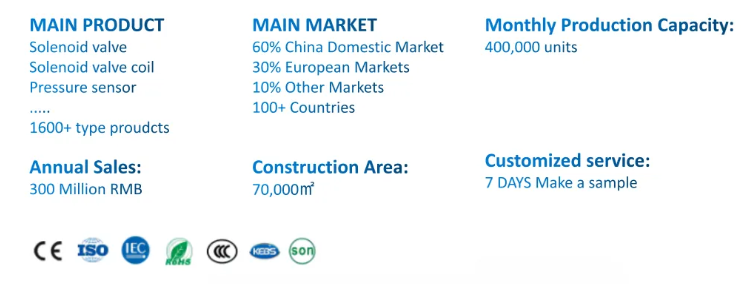
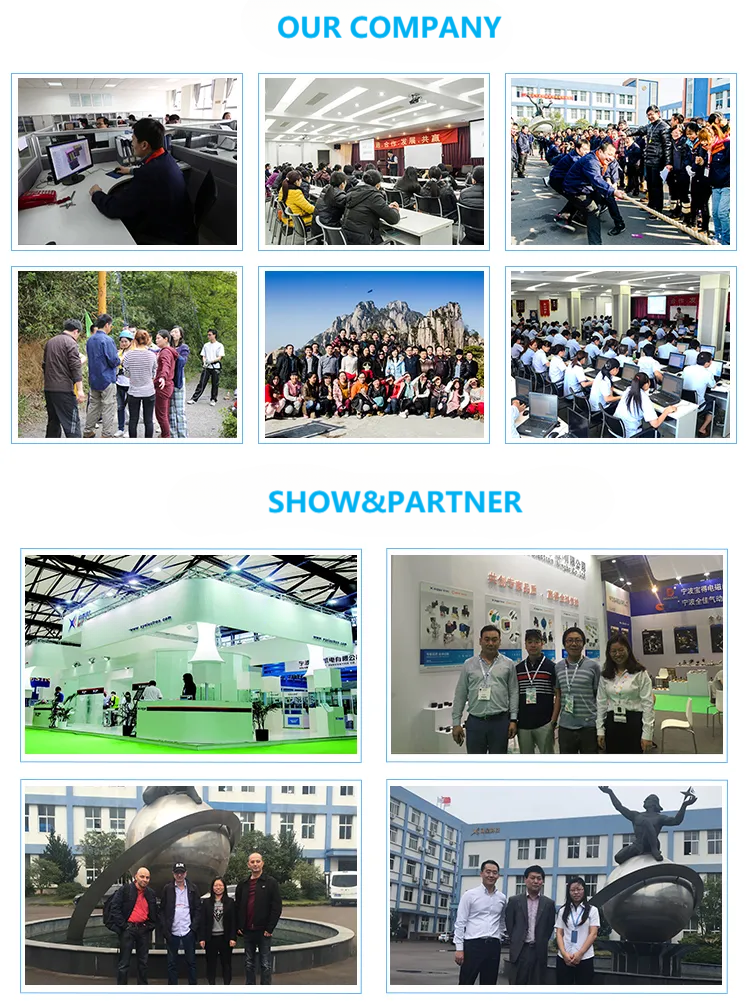

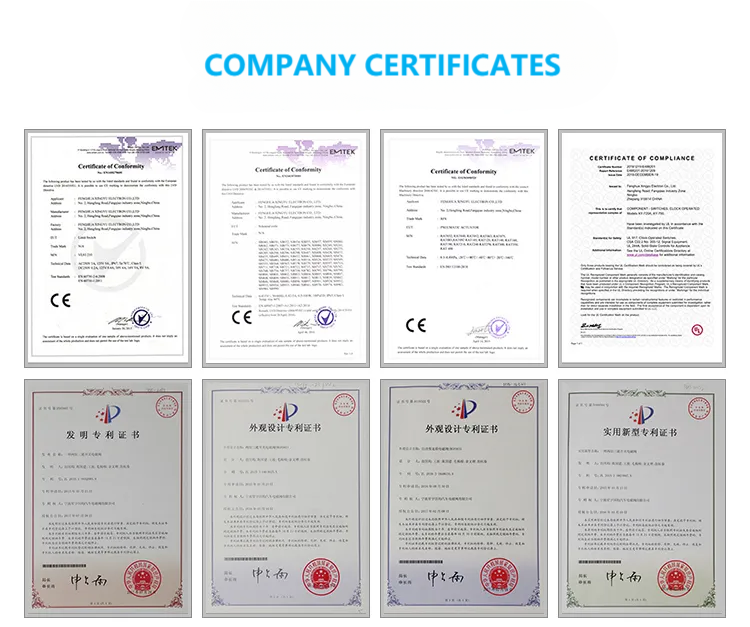
Company advantage
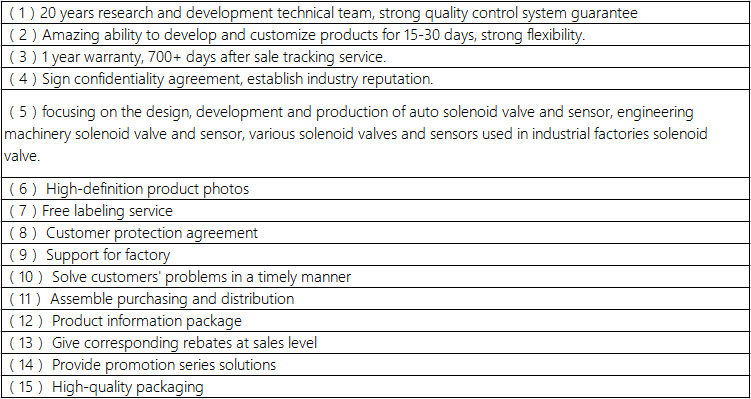
Transportation

FAQ
